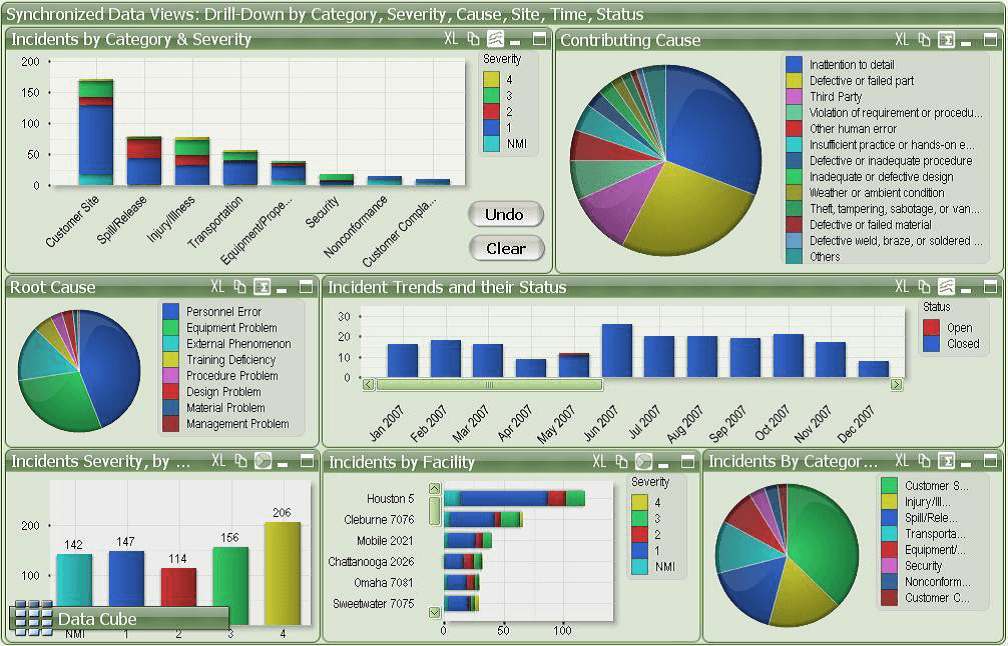A Special Focus on Science, Technology, Engineering and Math
https://www.census.gov/dataviz/visualizations/stem/stem-html/
The average college degree takes four years to complete. By that time the job market or the student’s career choice could have changed providing a mismatch between the intended field of study and jobs available or targeted job.
Goal/Purpose/Question
The question that the visualization is asking that after a college student graduates, what field do they work in?
How far away/related is it from the field they studied? What is the volume of students that followed those paths?
This data is for 2014, but it can be implied that it also serves the purpose of displaying the shift in market labor demand from when the student entered school to when they entered the job market.
One could also potentially assume that it shows the state of where the job market is going– (if you make the assumption that those who selected majors going into college picked the correct majors at the time). However more investigation would be required to understand exactly why this would be the case.
What I liked about it
- Graphic is clean and simple. User can clearly tell quickly where the disconnects are either starting from occupations or from topics of study
- The data is cut in many different ways, making it easy to see how different types of groups differ
- The type of visualization used is good to show path, differentiation, and flow while also isolating STEM careers
What I didn’t like about it
- While this visualization choice is good for overall flow, it is very challenging to get an idea for actual percentages.
- Filters send you to additional pages instead of filtering current view
- It doesn’t allow you to filter on values other than STEM (although included in the viz). This makes it hard to read the overall view
- A bar char or additional colors may be more appropriate to distinguish unused space from actual values here
- I would also have the question of if the creator of the viz accounted for any of the college grads that either went back into school
- The visualization is not time relative to individual situation – IE to dig further into why there could be any potential gaps between major topic and ending career.
Conclusion
There are no specific goals of this viz aside from exploration at where STEM students end up in their careers however there are some ways that it could be cleaned up to better define and make it customized for the user and not break up the user experience.
Redesign/ additions
To redesign this I would use the additional tabs or page breaks for any alternate views IE if there were alternate visualizations however for filters only I would keep those in the same page to keep the user from having to switch pages.
I would also add another color to differentiate non stem majors/workers flow a bit more. They have been included, so making them easier for the user to distinguish and understand is important.
I would add a view as a bar chart or table with actual numbers and percentages so the user could understand the actual numbers that are associated with these transitions. It’s hard exactly to grasp if one wished to go deeper just looking at the flow.
References
https://www.census.gov/dataviz/visualizations/stem/stem-html/











